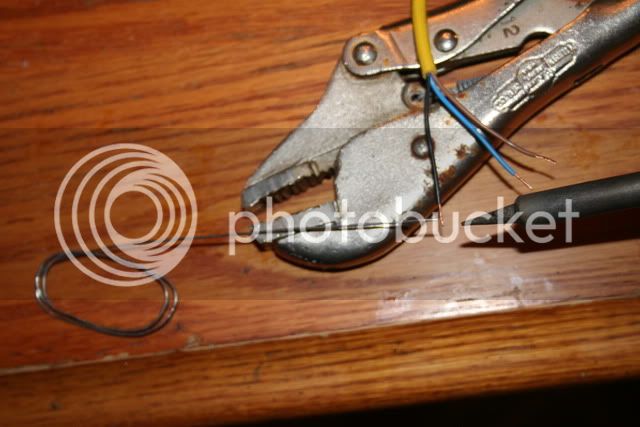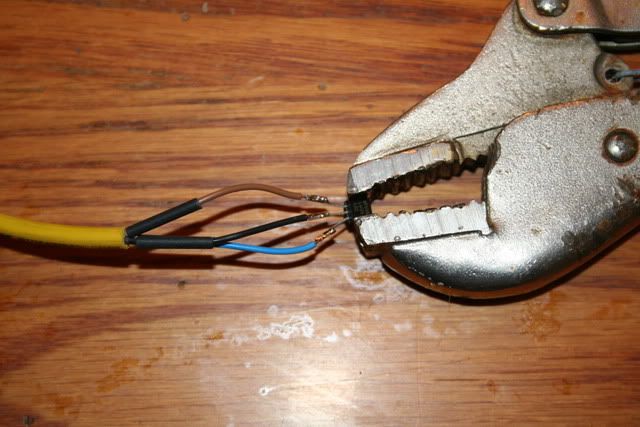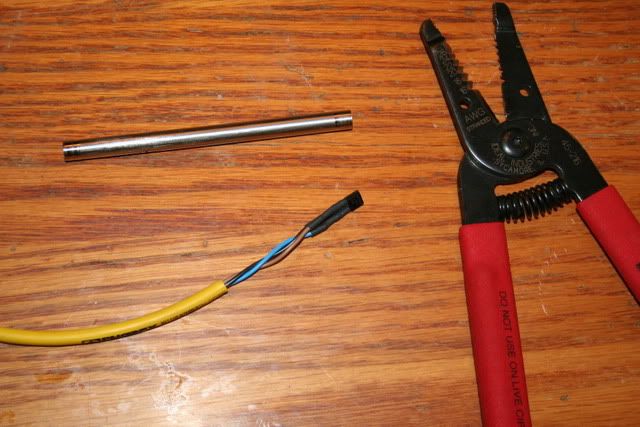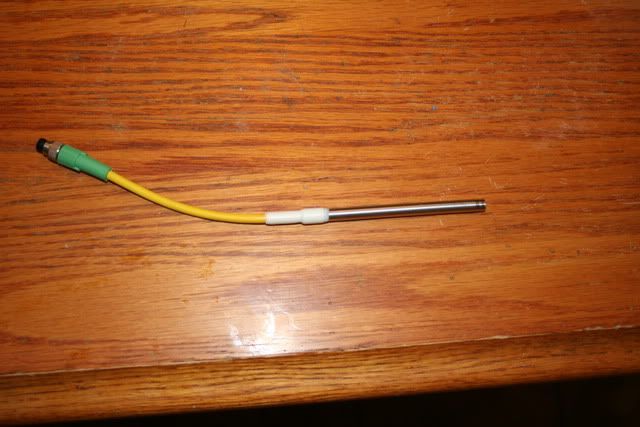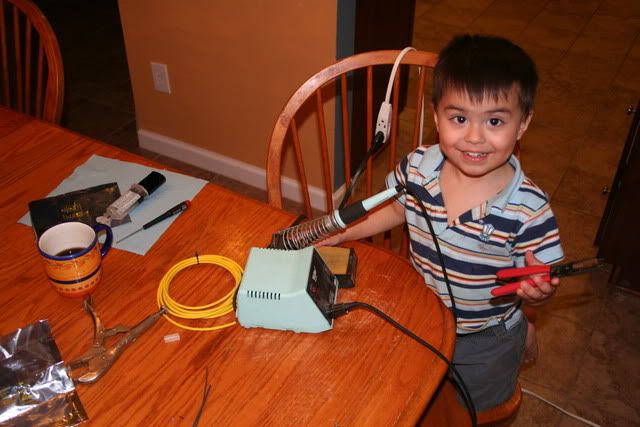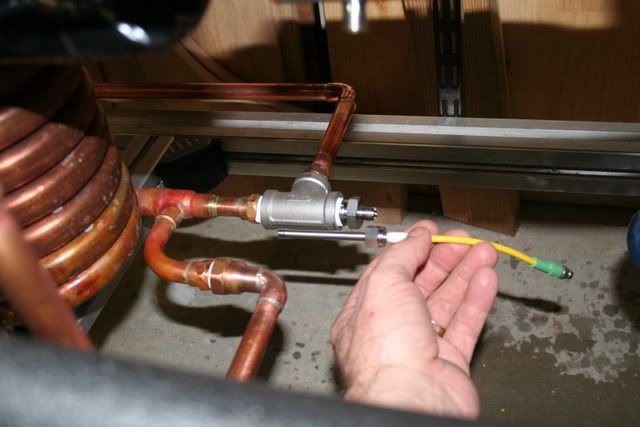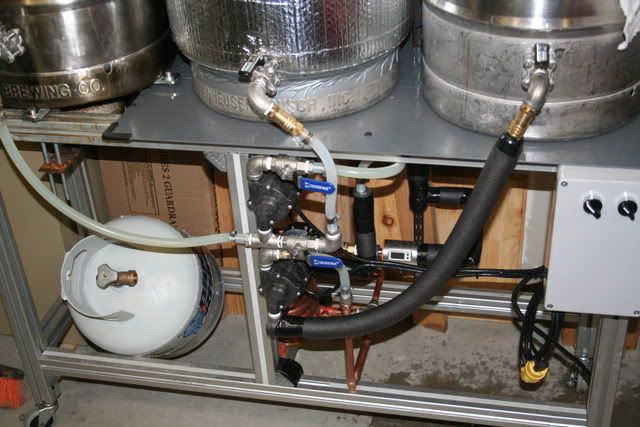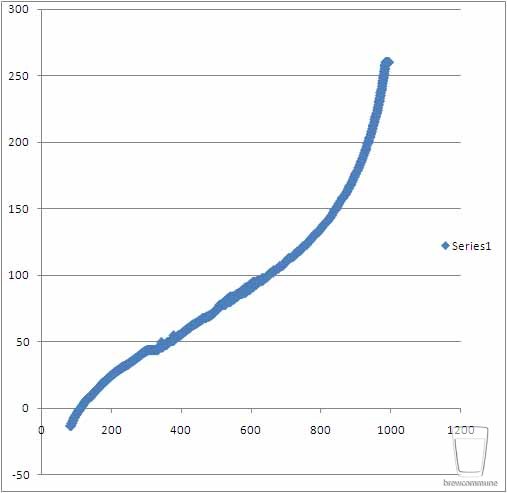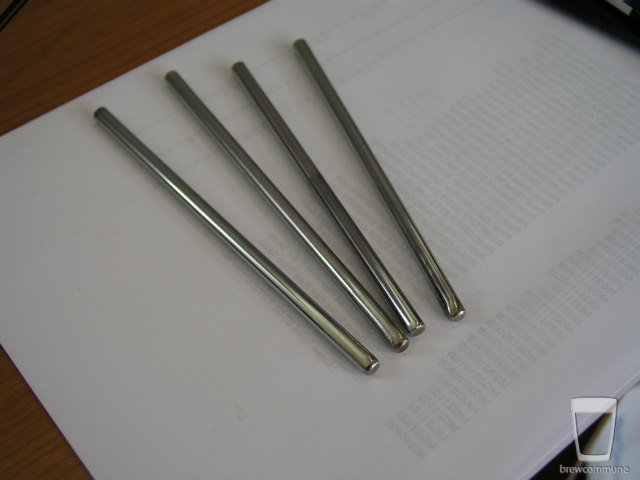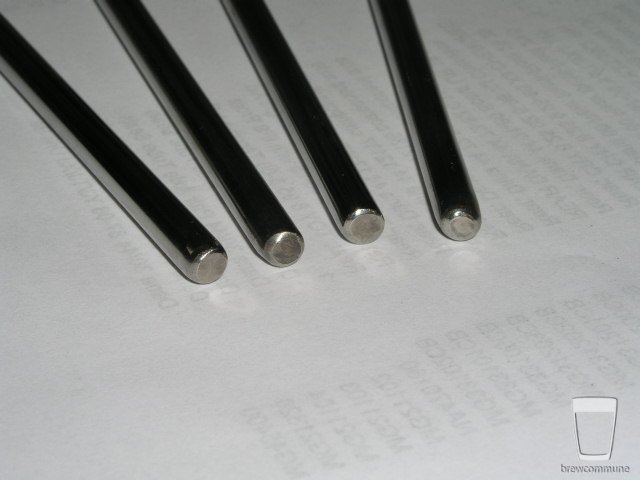I have mentioned making my own temp probes in the past, and there has been some generic discussions but no real details. I found myself getting ready to make another sensor for my rig and decided I would throw together a quick HowTo in case anyone else was interested. I apologize in advance for the lack of a "Bobby M" quality video, but soldering 22 AWG wires and holding a video camera are two things that don't necessarily go hand in hand.
OK, the materials I am using is a length of 1/4" OD Stainless Steel tubing, a sensor cable with M8 (pico) 3-pin connectors, and a National Instruments LM34CAZ temperature IC. It is a molded TO-94 transistor case sensor that fits quite nicely in the tubing, almost a perfect fit as a matter of fact.
I purchased the sensors from Newark Electronics for around $5 each. The cables can be found from any automation/electronics supplier. The ones I am using are from Phoenix Contact, but any sensor cable will do. You can actually use any small multi-conductor cable as long as it will fit into the SS tubing. I wanted the connectors so I could remove or swap out sensors without having to remove any cabling. I also am a huge fan of shrink tubing. Black electrical tape is fine if you are insulating split bolts on a motor connection or repairing a handlebar grip. But you can't beat shrink tubing when it comes to insulating small electrical connections as well as providing strain relief for the cable.
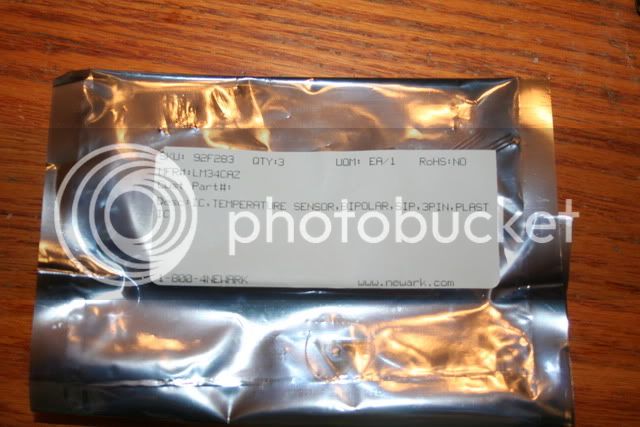
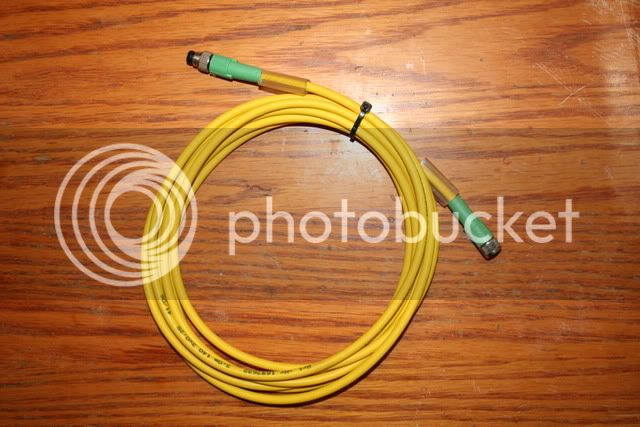
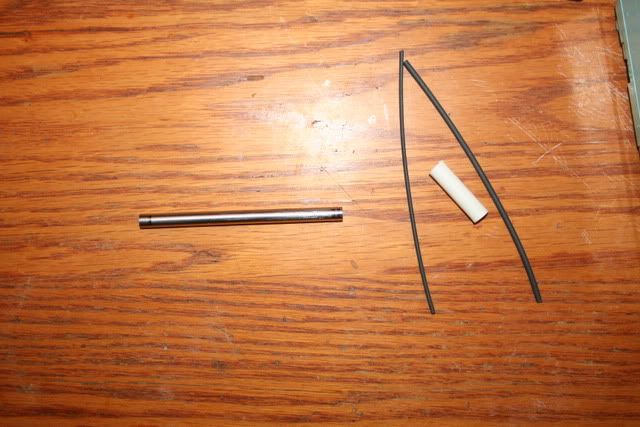
OK, the materials I am using is a length of 1/4" OD Stainless Steel tubing, a sensor cable with M8 (pico) 3-pin connectors, and a National Instruments LM34CAZ temperature IC. It is a molded TO-94 transistor case sensor that fits quite nicely in the tubing, almost a perfect fit as a matter of fact.
I purchased the sensors from Newark Electronics for around $5 each. The cables can be found from any automation/electronics supplier. The ones I am using are from Phoenix Contact, but any sensor cable will do. You can actually use any small multi-conductor cable as long as it will fit into the SS tubing. I wanted the connectors so I could remove or swap out sensors without having to remove any cabling. I also am a huge fan of shrink tubing. Black electrical tape is fine if you are insulating split bolts on a motor connection or repairing a handlebar grip. But you can't beat shrink tubing when it comes to insulating small electrical connections as well as providing strain relief for the cable.





